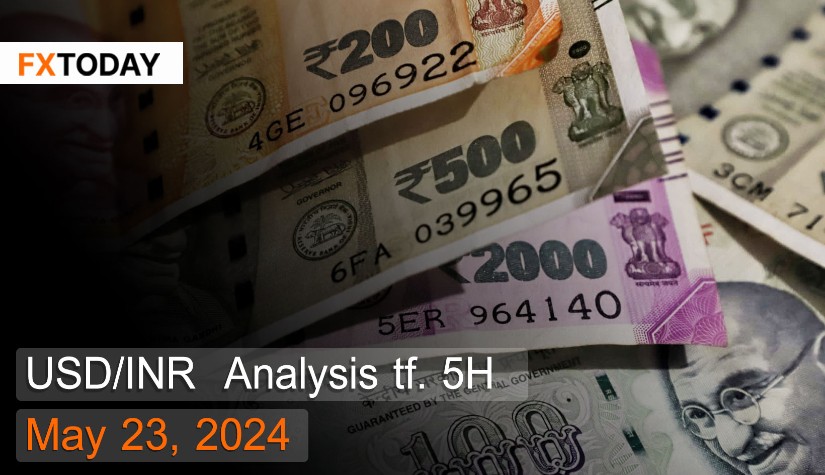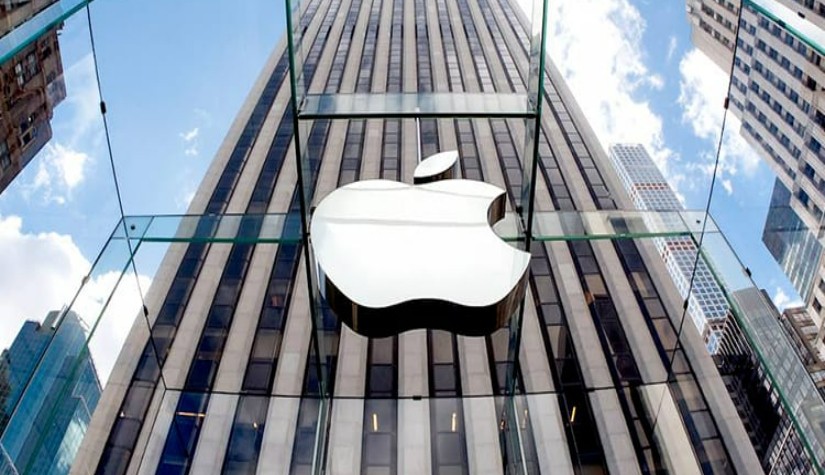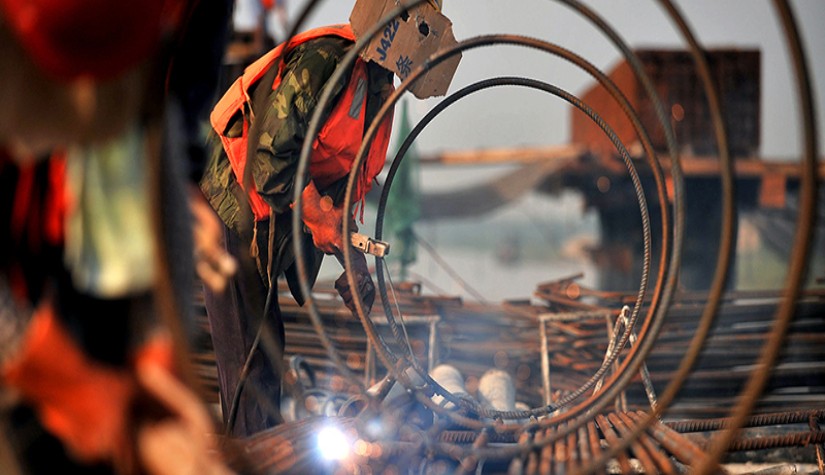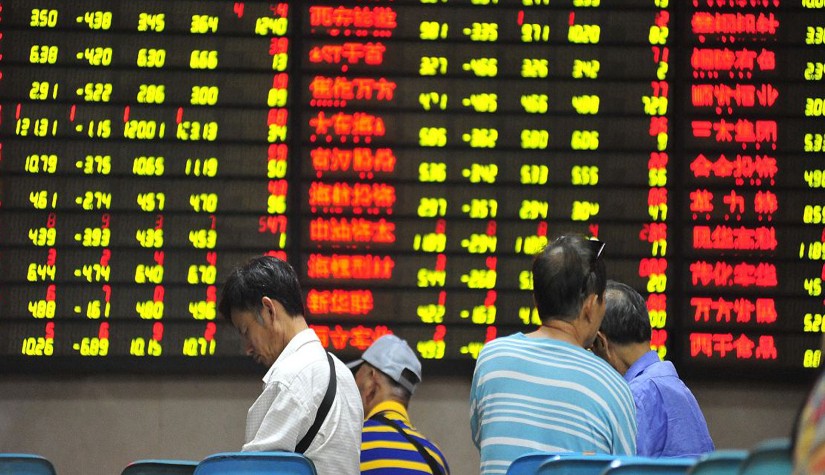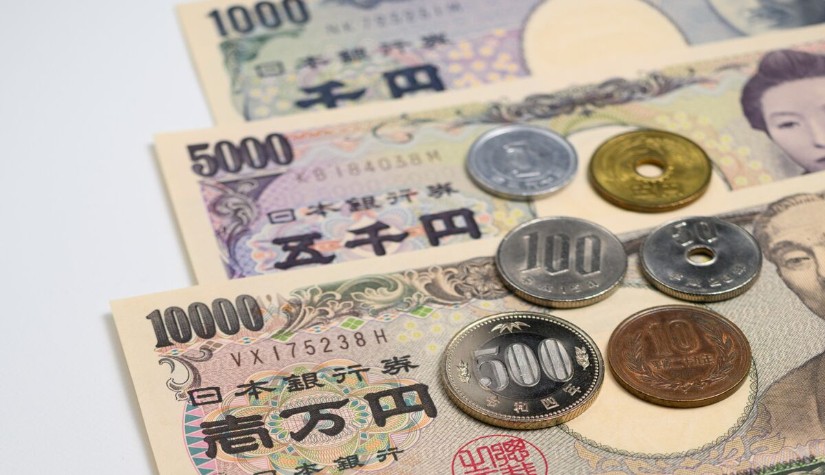India's economy has slowed slightly but continues to grow well.
The Indian rupee has strengthened since the beginning of the week due to the weakening of the dollar, stemming from increased chances of a Fed rate cut by September. There is still ample room for the Reserve Bank of India (RBI) to intervene in the currency market. However, the recovery of India's economy has led investors to overlook potential market interventions.
India's manufacturing PMI dropped to 58.8 in April. Despite this, growth in the manufacturing sector continues to be supported by increasing demand from companies, driven by a rapid rise in new businesses, leading to robust and continuous expansion. Consequently, companies need to expand production capacity to meet the growing demand. Simultaneously, rising inflation is putting pressure on production costs. It is forecasted that the manufacturing PMI will increase again next year. Moreover, business confidence has been boosted by anticipated increased demand this year.
The services PMI in India fell slightly to 60.8 in April, marking the 13th consecutive month of expansion in the services sector. This growth is attributed to the strong performance of new business and production. However, input prices continue to rise due to higher wages and operational costs, leading to increased costs being passed on to consumers.
India's retail inflation slightly decreased to 4.83% in April, close to market expectations of 4.8%. Although inflation has only marginally decreased, it remains within the RBI's acceptable range of around 4%, indicating that the central bank may likely maintain interest rates in the upcoming meeting. Food and beverage inflation continues to be a major contributing factor due to agricultural production shortages, resulting in significantly higher food prices. However, energy inflation has rapidly declined.
On May 14, DBRS Morningstar upgraded India's credit rating to 'Positive' from 'Stable' and maintained its debt rating at 'BBB'. This decision reflects India's ongoing structural reform efforts and better-than-expected infrastructure investments. Additionally, Indian banks are in a strong position and can effectively support domestic economic growth.
Techical analysis data (5H)
Resistance: 83.278, 83.319, 83.359
Source: Investing.com
Buy/Long 1: If the price touches support in the price range of 83.159 - 83.198 but cannot break the support at 83.198, you may set a TP at approximately 83.319 and SL at around 83.118 or according to your acceptable risk.
Buy/Long 2: If the price breaks the resistance in the price range of 83.278 - 83.319, you may set a TP at approximately 83.359 and SL at around 83.159 or according to your acceptable risk.
Sell/Short 1: If the price touches resistance in the price range of 83.278 - 83.319 but cannot break the resistance at 83.278, you may set a TP at approximately 83.159 and SL at around 83.359 or according to your acceptable risk.
Sell/Short 2: If the price breaks the support in the price range of 83.159 - 83.198, you may set a TP at approximately 83.118 and SL at around 83.319 or according to your acceptable risk.
Pivot point May 23, 2024 08:15 PM. GMT+7
|
Name
|
S3
|
S2
|
S1
|
Pivot Points
|
R1
|
R2
|
R3
|
| Classic | 83.118 | 83.159 | 83.198 | 83.239 | 83.278 | 83.319 | 83.359 |
| Fibonacci | 83.159 | 83.189 | 83.208 | 83.239 | 83.27 | 83.289 | 83.319 |
| Camarilla | 83.215 | 83.222 | 83.229 | 83.239 | 83.244 | 83.252 | 83.259 |
| Woodie's | 83.116 | 83.158 | 83.196 | 83.238 | 83.276 | 83.318 | 83.357 |
| DeMark's | - | - | 83.178 | 83.229 | 83.258 | - | - |

